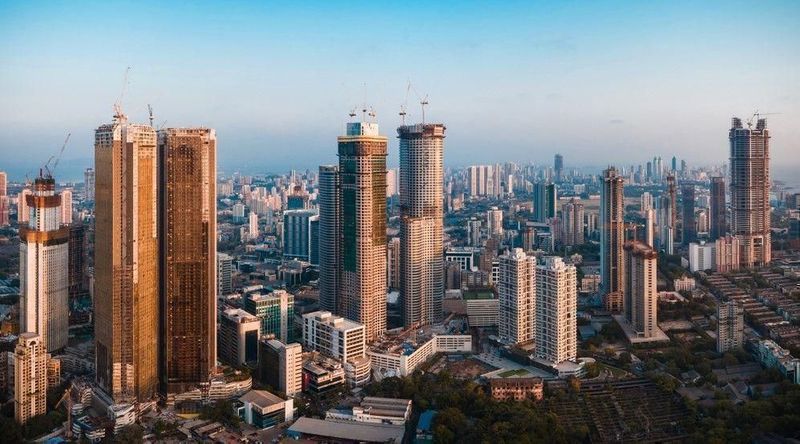Blog
Latest Indian Real Estate News: What’s Driving the Market in 2025?
Powered By - FamilyandFlats • June 20, 2025

The Indian real estate sector has entered 2025 with renewed vigour, shaped by economic resilience, technology integration, infrastructure development, and evolving consumer demand. As we reach mid-year, several key trends and developments are influencing market dynamics, making it crucial for investors, developers, and homebuyers to stay updated. Here's a look at what’s driving the Indian real estate market in 2025.
1. Strong Economic Fundamentals Supporting Growth
India’s GDP is projected to grow at a steady pace of 6.5% to 7% in 2025, reinforcing investor confidence across sectors, especially real estate. The government's pro-reform stance and consistent push for infrastructure development are helping urban and semi-urban regions emerge as real estate hotspots. With inflation under control and interest rates becoming more favorable, the real estate sector is witnessing robust activity in both residential and commercial segments.
2. Policy Support and Budgetary Push
The Union Budget 2025–26 proved to be a game-changer for real estate. Key announcements included increased budget allocation for PM Awas Yojana (Urban), tax incentives for affordable rental housing, and a boost to urban infrastructure through the Smart Cities Mission and AMRUT 2.0. These policies are driving both demand and supply, especially in tier 2 and tier 3 cities, which are becoming lucrative for investors and developers alike.
3. Tier 2 & 3 Cities: The New Growth Engines
While metros like Mumbai, Delhi NCR, and Bengaluru continue to dominate real estate headlines, smaller cities such as Lucknow, Coimbatore, Indore, Bhubaneswar, and Chandigarh are witnessing an influx of investments. Improved connectivity, the spread of IT/ITES firms, and the hybrid work culture have enabled professionals to settle in these cities, driving housing demand and commercial development.
4. Challenges: Regulatory Delays & Land Acquisition Issues
Despite the optimism, the sector still faces hurdles like land acquisition complexities, approval delays, and compliance burdens in some states. The need for more uniform and digital land records is urgent. Additionally, developers must navigate rising input costs and consumer demand for timely delivery, quality assurance, and post-sale service.
Conclusion
Indian real estate in 2025 stands at an exciting juncture, powered by economic growth, policy reforms, technological transformation, and changing lifestyle aspirations. Whether you're an investor eyeing emerging markets or a homebuyer exploring sustainable, tech-enabled living, the opportunities are vast and diverse. Staying updated with market trends and leveraging digital tools will be key to making informed real estate decisions this year.